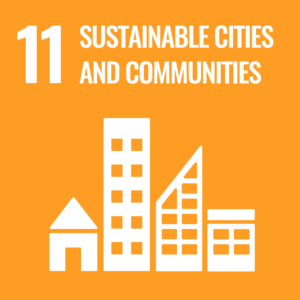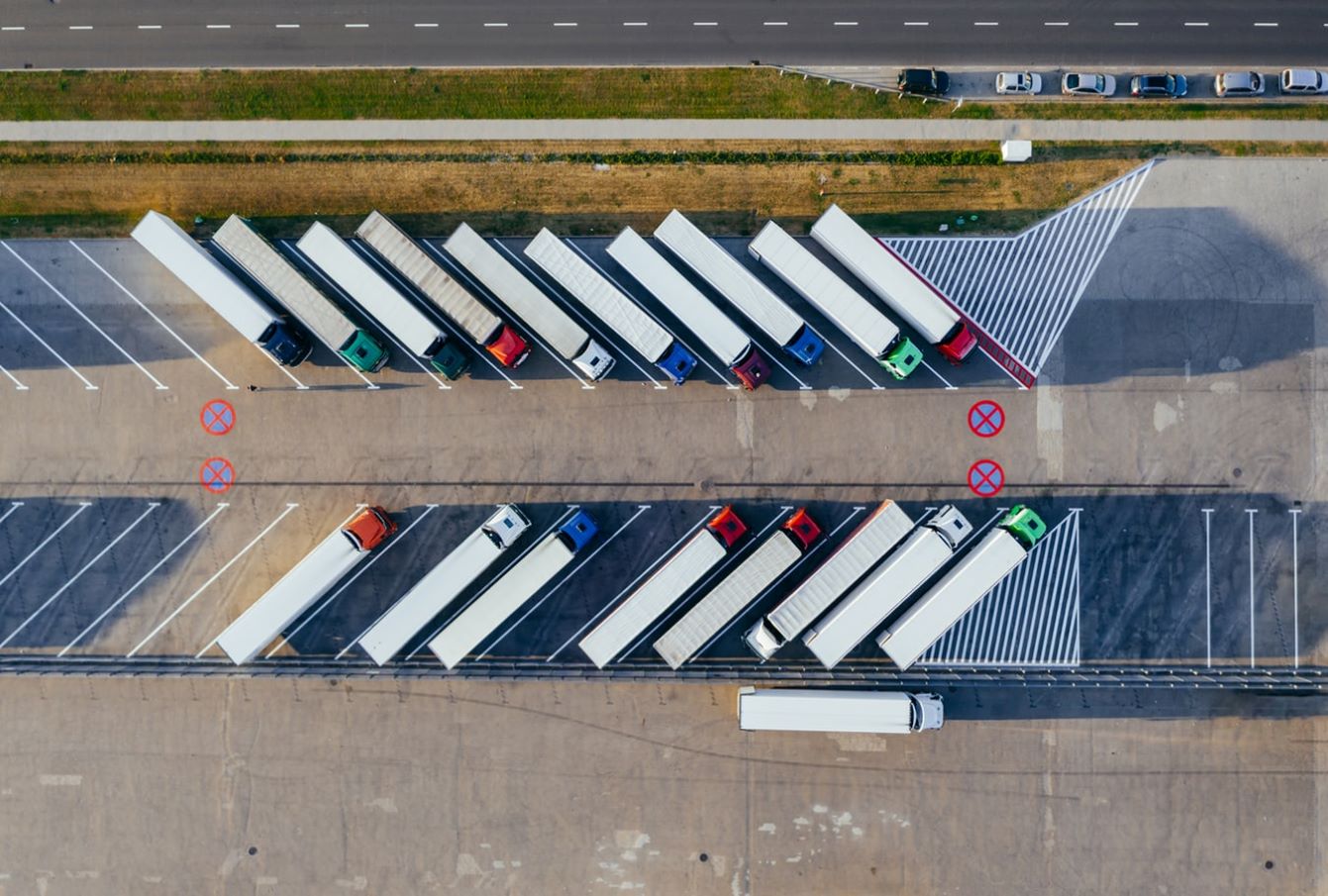 What Can Energy Communities Bring to Italy’s Sustainable Future?
What Can Energy Communities Bring to Italy’s Sustainable Future?
Energy communities are structures in which participants share, produce, or consume energy collaboratively, often through renewable sources.
This approach, enhanced by technology, reduces energy waste, fosters resource-sharing, and develops novel socioeconomic models focused on sustainability and circularity. The growth and potential of these communities in Italy are evident in diverse configurations and increasing support through regulations and incentives. This underscores their pivotal role in reshaping the energy sector towards a more resilient and sustainable future.
The Functioning of These Communities
Energy communities rely on active citizen participation. In these communities, people help with making, using, and trading energy, promoting sustainable management. Also, they use technology to reduce waste and share resources at good prices. This helps meet energy needs and suggests new, sustainable ways of managing society without using fossil fuels.
Italy’s Current Scenario
In Italy, these communities come in different types, such as shared solar installations in condos, businesses working together on energy projects, and neighborhood networks swapping energy. This inclusive approach increases renewable energy production and efficiency.
Moreover, as per the 2022 Renewable Communities report by Legambiente, Italy now has around 82 self-consumption setups and 33 energy communities. The total, including upcoming projects, is 198, a significant increase from the 33 configurations in 2021 but below expectations. New regulations provide more incentives for businesses, pointing to higher growth potential.
Benefits
Communties like these bring numerous benefits to individuals, organizations, and the communities involved. Here are some key advantages:
-
Economic benefits: communities can earn from the produced energy, leading to economic gains and reduced utility costs through incentive mechanisms from the GSE.
-
Environmental benefits: these communities promote renewables, reducing greenhouse gas emissions and benefiting the environment. Shorter distances and direct self-consumption minimize energy dissipation in network losses.
-
Social benefits: communities foster social cohesion and urban sustainability, educating citizens across demographics. This focus on environmental sustainability encourages inclusive and collaborative models, raising awareness about resources and combating energy poverty.
Regulation on Energy Communities: What Does it Entail?
In 2018, Italy passed a law (Directive RED II 2018/2001/EU) to regulate these communities, letting citizens and small businesses join in energy production. The European Directive RED II supports renewable energy, emphasizing Renewable Energy Sources (RES) for a fair market. It acknowledges European citizens’ rights to establish and join energy communities.
In January 2024, a crucial development occurred: the Ministry of Environment and Energy Security issued a decree (Decree MASE n. 414 of 07/12/2023). This decree brings clarity to energy-sharing setups and offers substantial incentives of 5.7 billion euros to encourage these renewable community establishment. It includes non-repayable grants for communities in smaller municipalities and extra funding from the National Recovery and Resilience Plan (PNRR) for facilities up to 2 GW in capacity.
Moreover, an innovative part of the decree broadens the scope for energy communities. It allows users to connect to the same primary substation, promoting development across different user types, including the industrial sector. This expands the potential for these communities to accommodate various production levels and supply voltages.
Challenges
There’s insufficient awareness and understanding of energy-sharing mechanisms. Efforts are needed to inform the public and explain the establishment and joining of collective self-consumption configurations, especially regarding bureaucratic processes.
In conclusion, the rise of energy communities signifies a shift towards sustainable, community-driven energy solutions, emphasizing environmental responsibility, social collaboration, and economic viability. As these communities grow, they promise to reshape the energy landscape, enhance resilience, and create a more sustainable future locally and globally.
Proaxxes excels in managing energy sector operations and can help navigate this challenging environment. Contact us for assistance!







